Thoughts on Seasonality, and Olivia Cavalli's cookbook "Stagioni"
Italian Cookbook Club #2 - It includes also a recipe for Roasted Courgette with Pistachio Sauce
The other day at the market I bought a bagful of peperoni cornetti, burgundy red horn-shaped peppers: Livia loves them simply cut into fat strips and pan-fried with a bit of olive oil. I felt an urge to justify my purchase: I’m trying to teach my daughter how to eat seasonally, but you know, once in a while I just love to indulge her and cook her favorite food.
As proof of my claim, my straw bag was bursting with peas, fava beans, asparagus, a bunch of pale green artichokes, and a broccoli head still fresh and plump.
But why is eating seasonally so important, why was I feeling so ashamed for my seasonal slip with peppers?
Since I started blogging 15 years ago, seasonality has been the key I chose to begin my exploration of the food world, the inspiration for new recipes, my favorite way of connecting with the natural world, and the rhythms of nature.
Eating seasonally is sustainable for the environment, but it can also have a hedonistic drive.
Producing outside of the natural season requires energy for artificial heating and light, and it also has higher costs for storage and transportation.
But if we want to look at seasonality with a hedonistic approach, eating seasonally means getting fruit and vegetables at their peak of flavor, coloring our tables with the best that Nature has to offer in any season, from sun-ripened peaches to a bunch of sweeter cavolo nero, softened by the frosty winter mornings.
Eating seasonally is a cucina povera principle and political manifesto.
As I’ve written in the introduction to the Vegetables chapter in Cucina Povera:
“Your food will be fresher, tastier, and more nutritious, and a better value too. Buying locally also means supporting the local economy and knowing where your food comes from. Eating seasonally results in a deeper connection with nature and a profound sense of expectation for the seasons”.
The way you shop, where you shop, the way you eat: everything has a political meaning and a social impact. I love talking with the producers at the market, you get a glimpse of their hard life, but you can also share their pride in their sweet peas, or the best spinach of the year.
Eating seasonally is connected to memories, feelings of anticipation, and gratitude.
How could you appreciate the first sweet, honey-scented slice of cantaloupe if they are available all year round? How could you create life-long memories if you could pick blackberries from a plastic container in the supermarket at any given moment? Blackberries have a fleeting season in Tuscany, they appear at the end of August when you are about to get back to school. Those long end-of-summer days are still filled with memories of buzzing bees, scratched arms, heavy baskets, pitch-black smiles, and the smell of blackberry jam muttering on the stove in the early morning.
in her recent beautiful book Seasoning: How to cook and celebrate the seasons, perfectly explains the strong connection between seasonality, memories, and life.“Taking time to think about why eating seasonally matters so much has made me realise too how important particular times of the year are in connecting food and memory. (…) I don’t know about you, but I really want to feel the excitement of the first summertime tomatoes and strawberries. There’s even a point to the boredom of winter’s roots by the end of their season. I want food that fills me with anticipation, surprise, nostalgia, tedium – because that is life. There is joy in not being able to have everything all the time, but in looking forward to something – and then missing it when it is gone.”—Seasoning, by Angela Clutton
But we must take strict seasonality with a pinch of salt.
Seasons naturally meld with each other, and while our world is warming due to climate change, we lose track of what was our first idea of seasons. Summer vegetables show up on market stalls way earlier than a decade ago and last well into Autumn. So, when should we start buying tomatoes, or stop eating apples?
The best way to keep abreast of the changing situation is to talk with farmers, producers, and vendors who know what is growing in their fields at a certain time of the year. Last year I bought my last peppers at the market in November. If I had to respect a strict seasonality, I would have stopped eating peppers weeks earlier, preferring squash or broccoli. But my friends told me they had just picked the last peppers from their fields, a little bruised but still bursting with flavor, so they became the protagonists of our side dish during the cooking class.
Now I am curious to know your thoughts on seasonality. First of all, if it is still possible for you—given where you live and where you shop—to eat seasonally, and also what does seasonality mean for you in terms of memories, recipes, and emotions?
All my thoughts on seasonality wanted to introduce the April pick for our Italian Cookbook Club, a book whose name, Stagioni—seasons in Italian—couldn’t be a better fit.
Italian Cookbook Club #2. April pick: Stagioni: Contemporary Italian Cooking to Celebrate the Seasons, by Olivia Cavalli
I opted for Italian cookbooks for a reason: I think you can learn a lot from authors who cook the same recipes belonging to your culinary tradition but with a different approach, technique, or style.
The uniqueness of a tone of voice is reflected also in the distinct cooking style, pantry choices, flavor combinations, and pairing preferences that make each recipe stand out.
Who is Olivia Cavalli?
Olivia Cavalli is a chef, food stylist, and writer from London. Born to an English father and Italian mother, Olivia grew up surrounded by Italian food traditions. She learnt how to cook from her Italian nonna, Albina, who taught her the art of using simple ingredients, repurposing leftovers, and the importance of a home-cooked meal. As a child, summers were spent on the coast of Emilia-Romagna, where her nonno and nonna were from, eating piadina and anguria on the beach, while Christmas Eves were famously dedicated to the anolini production line as cousins gathered round the table, rolling and shaping hundreds of tiny pasta, with nonna watching over them like a hawk.
Olivia began her career in food journalism at The Telegraph where her recipes, writing, and photographs were published. She went on to cook in restaurants in both London and Italy, assist the Pasta Grannies, and work in food styling. Today, Olivia travels back and forth to Italy, working as a private chef and food writer, hosting supper clubs, and holding cooking workshops to share her love of Italian food and culture with others.
Her book in a nutshell:
“With the change of season comes a change of appetite. Through cold days we want steaming bowls of soup and mountains of pasta to fend off a chill. In summer, give us platters of crunchy veg and cones stacked high with ice cream, anything to refresh and cool down. We follow these cravings naturally, yet, we all too often continue to reach for the wrong ingredients to get there. This is my aim with Stagioni – to inspire you to cook your way through the year as it comes, guided by the produce. While not strictly vegetarian – you will find an anchovy here, a little pancetta there – Stagioni’s focus is on the colourful variety of fruits and vegetables that mark each season with a collection of recipes that puts them at the centre.”
The reason why I love this book:
Oliva Cavalli shares vibrant recipes with a modern Italian approach to food: leafing through the book you would want to bookmark every single recipe, because there’s nothing I wouldn't eat, from the summery mixed pasta with red pepper sauce to a bright chicory, orange, pecorino, and candied walnut salad. But there’s more, a charming British influence that you can spot in recipes like saffron semifreddo with poached rhubarb and her summer zuccotto, reminiscent of a British summer pudding.
If you want an anticipation of Olivia Cavalli’s food, do follow her on Instagram at @olivia_cavalli for mouthwatering recipes and cooking inspiration.
Have you read Olivia’s book or cooked from it? Let us know in the comments what you think of it or which was your favorite recipe!
Mark your calendar!
As we did with Viola Buitoni, we will meet SUNDAY, May 12th at 9.00 pm CET - 3.00 pm EST - 12.00 pm PST for a live talk with Olivia Cavalli. The live event is open to everyone! She will share her experience as a private chef and food writer, and we will talk about seasonality, Italian food, and the similarities between Italian and British approaches to food and recipes. I can’t wait!
Click here to join the live talk (I will be reminding you of the event, though!)
(A recording of our talk will be available for paying subscribers on Monday)
Here you can watch the replay of my first conversation with Viola Buitoni.
RECIPE - ZUCCHINE CON SALSA DI PISTACCHI. ROASTED COURGETTE WITH PISTACHIO SAUCE
Excerpted from Stagioni: Contemporary Italian Cooking to Celebrate the Seasons, by Olivia Cavalli by Olivia Cavalli (Pavilion Books). Copyright © 2023
We loved this recipe, both for the texture of the slightly charred zucchini and the addictive pistachio sauce, made with roasted pistachios, garlic, olive oil and lemon zest and juice, that we’ve been drizzling over other vegetables, pizza, and salads.
Instead of using full-fat Greek yogurt, I opted for soy yogurt, but puréed cannellini beans with a lot of lemon juice would have been perfect, too.
For the pistachio sauce
80g/2½oz shelled, unsalted pistachios
½ garlic clove, minced to a paste
40–50ml/1½–1¾fl oz extra virgin olive oil
1 lemon
fine salt
For the courgettes
about 780g/1lb 11oz courgettes
2 tbsp extra virgin olive oil
4 heaped tbsp full-fat Greek yogurt
leaves from 2 mint or basil sprigs, torn
fine salt
Note: The pistachio sauce can be made ahead and refrigerated for a few days, or frozen. Defrost thoroughly before serving.
Preheat the oven to 150°C fan. Put the pistachios on a baking tray and roast for around 15 minutes, until fragrant. Leave to cool before transferring to a small food processor with a pinch of salt. Blitz to a crumb, scraping down with a spatula as you go to help them start to release some of their oils. Add the garlic and blitz again. Add the oil in a steady stream with the motor running until you have a thick but drizzly consistency. Add the zest of ½ the lemon and a good squeeze of the juice and blitz to combine (reserve the rest of the lemon for later). Season with salt to taste – you want it quite salty. Set aside.
Crank the oven up to 190°C fan and line a large baking tray with foil. If your courgettes are large, slice lengthways into quarters, then dice into 2.5cm/1in pieces. If using small courgettes, just slice along the length into 2.5cm/1in pieces – I like to cut them on the bias (diagonally) for a more interesting shape. Put the diced courgette in a bowl and toss with the oil and ½ tsp salt. Spread the courgette onto your prepared baking tray, making sure no pieces are overlapping (divide across two trays if necessary). Roast in the oven for around 30 minutes, giving the tray a shake halfway through, until each piece is nicely charred and soft. Toss with a squeeze of lemon juice when you take them out of the oven.
Dollop the cold yogurt onto a serving plate and use the back of a spoon to spread it to the edges. Pile the warm courgette on top then drizzle the pistachio sauce all over. Scatter with mint or basil and finish by zesting the remaining ½ lemon on top before serving.




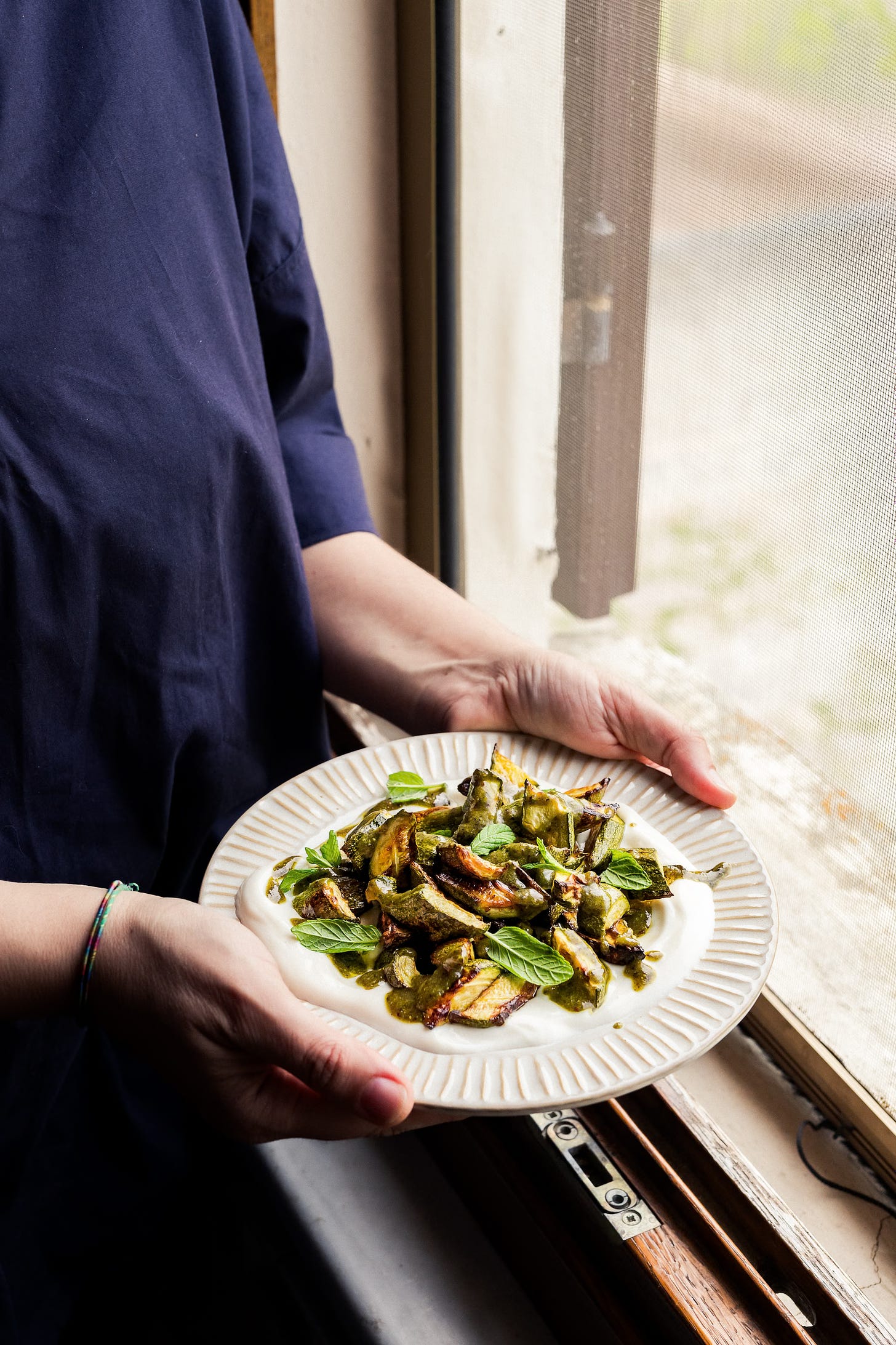

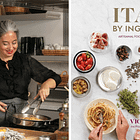
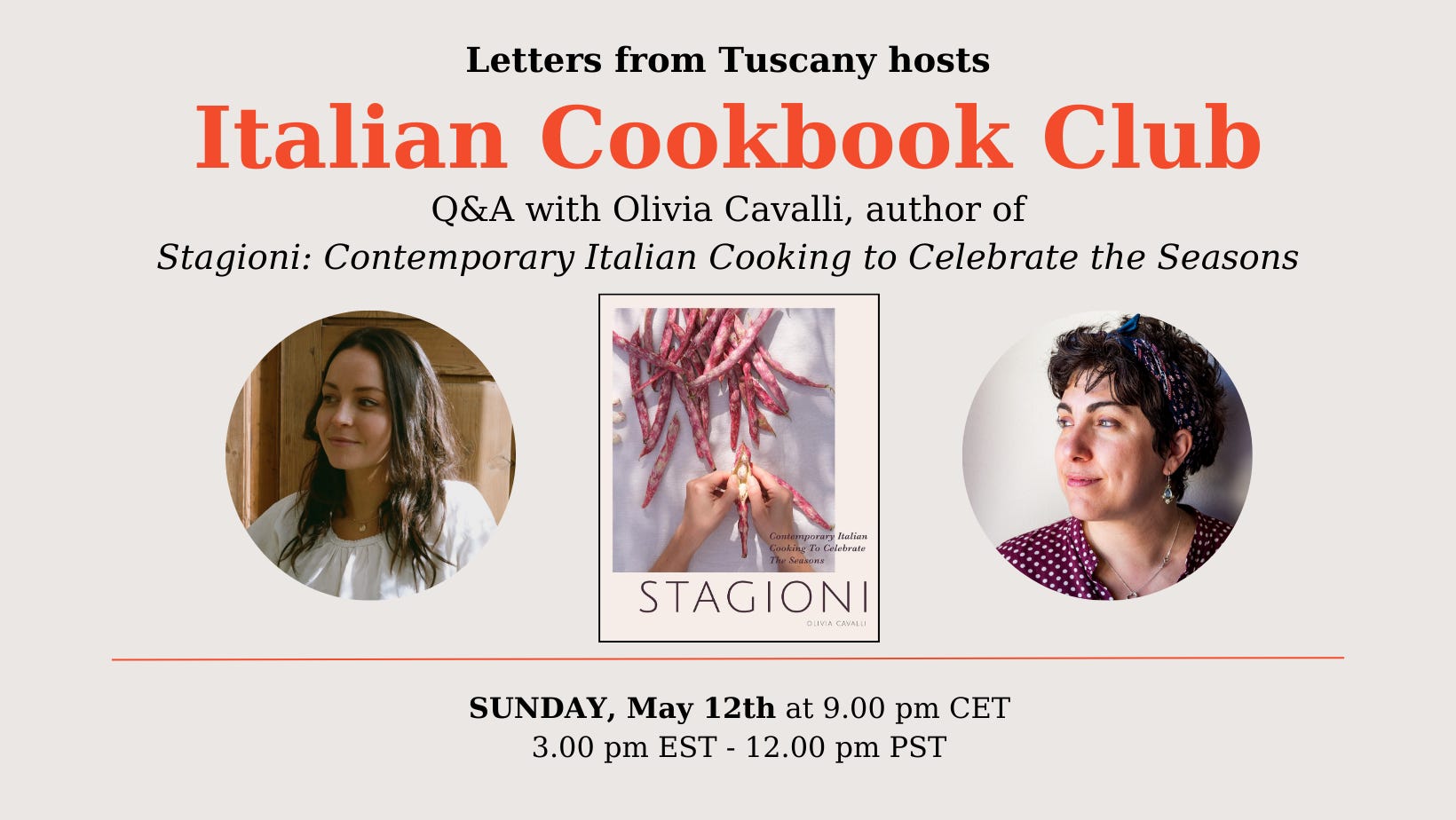
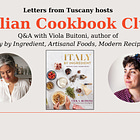
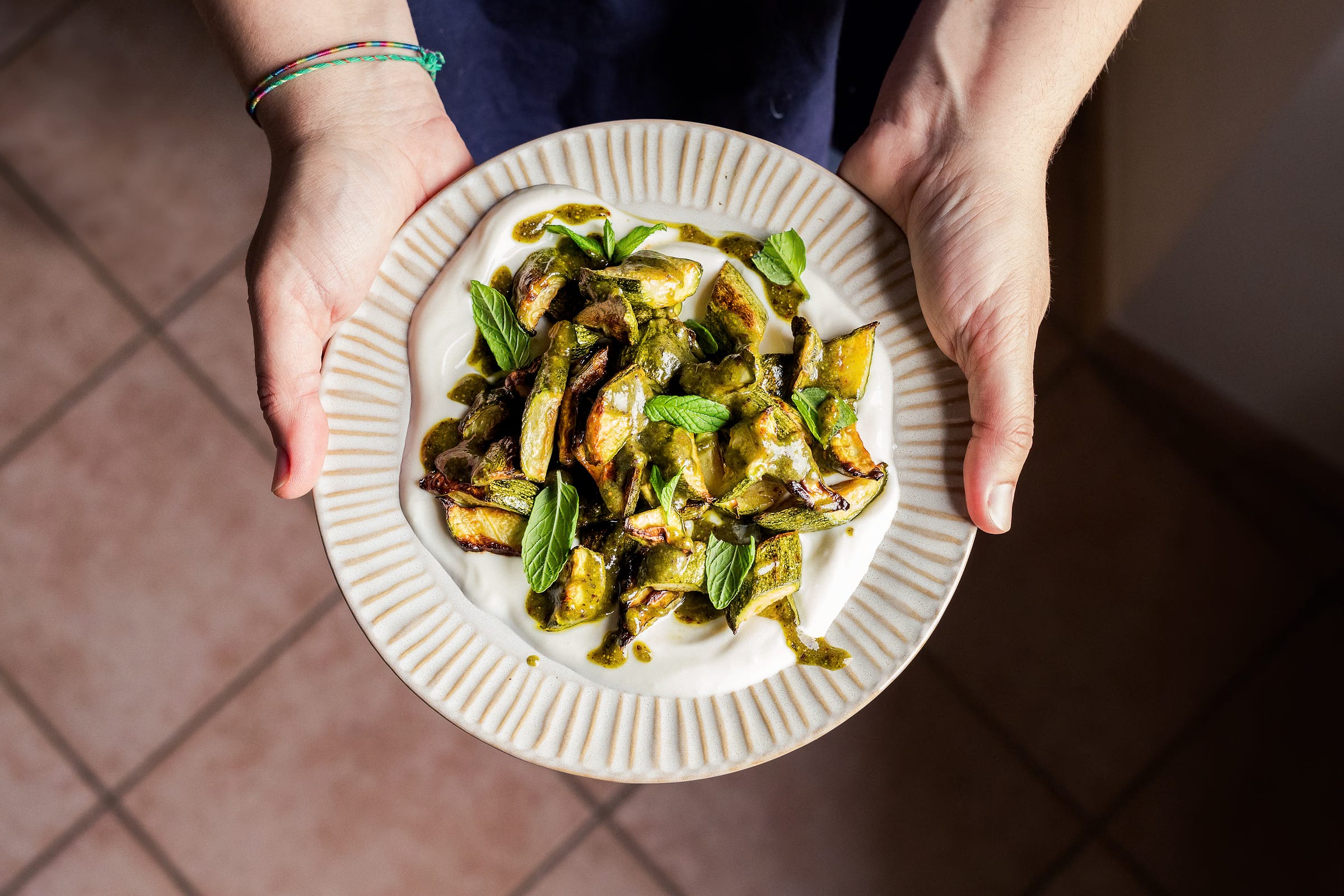
I try to eat seasonally and I am an avid gardener. We are still eating the garlic and onions I harvested last September. I will use up all the onions by the end of May but I will be able to harvest green onions from the garden and my garlic will last until I harvest in September.
Growing and consuming crops seasonally usually results a flavorful product, and it allows the environment to cycle through its natural resources and seasons like it would without human intervention.
But if you live in a place where seasonal fruits and vegetables are hard to come by, like an isolated area, it can be difficult to eat seasonally. More important than eating seasonally is making sure you get the nourishment you need. I think you need to be pragmatic. If my onion crop failed last year or I ran out in January I would certainly buy commercial onions because it would be hard to make a flavorful winter soup without these basics. I try and to support this sustainable lifestyle, but I put nutrition and health first. I won’t buy strawberries when they are out of season but I could not get through the winter without citrus even though citrus cannot be grown in New Hampshire. I preserve and freeze my garden peppers but if a family member is visiting for the weekend and they love peppers and sausage I will buy peppers if I need to because I know it will bring a smile to their face. Most of the meals will be seasonal.
I am looking forward to the cookbook. I will order it today. Thank you!
Sounds like the first two replies are both from New Hampshire?! Citrus and avocados are my regular never-in-season-locally purchases😉 That said, for decades, and through a dozen moves, I have always focused our eating around what is available from local farmers, and therefore what’s in season. Sometimes this has meant shopping at farmers markets and sometimes that has meant joining a CSA. Since I cook everyday, it is an easy way to stream-line decision making when it comes to deciding what’s for dinner. I have been super impressed with the local small-farm community on the seacoast of New Hampshire. I now shop at local farm stores (mostly Vernon Family Farm), and use the fantastic co-op style CSA Three Rivers Farmers Alliance. (I’m just being specific here bc of the unexpected coincidence that there is another person in NH posting here!) I happened to have purchased Stagioni for my sister-in-law for Christmas, so when I saw that it would be a cookbook club pick, I was excited for the excuse to buy a copy for myself. What a beautiful and delightful cookbook!